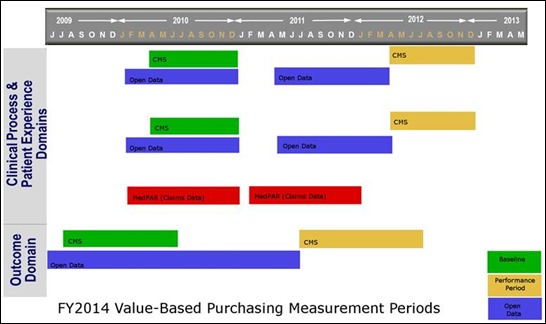Readers Write: EMR Installed and Meaningful Attested — Now What?
EMR Installed and Meaningful Attested — Now What?
By Don Sonck
If it’s the spring of an odd-numbered year, then I know it’s time for me to pay a visit to my primary care physician for a biennial physical examination. So a couple of weeks ago, off I went!
As my doctor and I reviewed my medical history from the past seven years, all of which has been well-chronicled in an EMR, he asked me a series of diet- and exercise-related questions. At the conclusion of this exchange, he complimented me on my diligence in maintaining a diet and fitness regimen that promotes good health.
I’m no longer a spring chicken in biological years. Like many Americans my age, I’d like to extend my quality of life and attempt to do so by adhering to the recommendation of an expert in the field who in turn preaches evidenced-based best practices. My wife and two sons are on the same sheet of music. Whether it’s the preventative maintenance of our car, home, or any other major asset, the same discipline is implemented, and again based upon historical and empirical data.
Like anything in life, there are always accidents and anomalies that run counter-intuitive to the expected outcome, but common evidenced, majority outcomes cannot be refuted. To borrow a line from Sergeant Joe Friday of “Dragnet” fame: “Just the facts, ma’am” are words to live by.
This latest encounter with my physician got me thinking about the HIMSS EMR Adoption Model, particularly Level 4. Evidence-based population management is going to be critical if this country is ever to reach Level 7.
For the sake of full disclosure, I am a disciple of Dale Sanders in his conviction that the United States must become “a data-driven culture, incented economically to support optimum health at the lowest cost.” How long will it take for healthcare organizations to even assemble registries for their top 10 patient conditions; let alone share them? The life expectancy of HIEs is unknown, as the migration from public to private funding has yet to be determined.
The cornucopia of complaints spewing forth from health systems and physician practices on the subject of EMR (too expensive, no ROI, minimal patient-physician interaction, etc.), coupled with confusing government mandates, leads this writer to wonder if I’ll live to see the day that EMRAM is fully achieved. If I do, the likelihood is great that Mr. Sanders’ vision came to fruition.
Let’s hope for the sake (and health) of our country that the EMRAM progression marches onward expediently.
Don Sonck is director of EMR staffing solutions for AMN Healthcare of San Diego, CA.














Yeah i'm not sure this ruling really moves the needle on Epic's behavior at all, the non-competes were always believed…